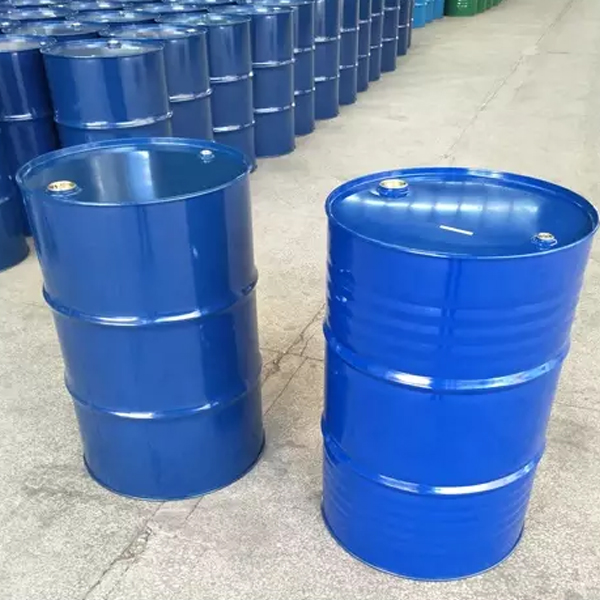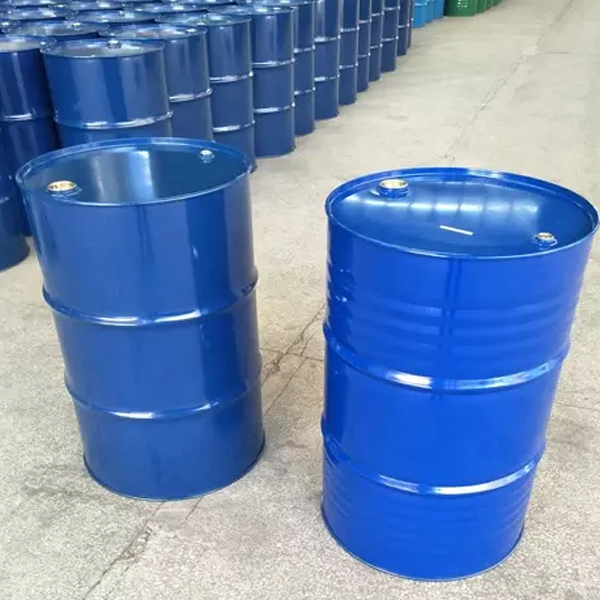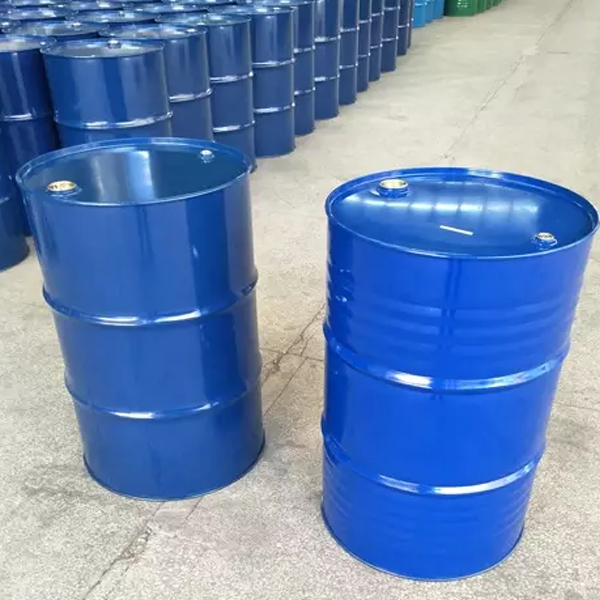The Role of Morpholine: Chemical Properties, Applications, and Environmental Considerations
Introduction
Morpholine is a versatile organic compound with the molecular formula C4H9NO. It is a cyclic secondary amine that contains a four-carbon ring with a nitrogen atom, making it structurally similar to piperidine and piperazine. Morpholine has a wide range of applications in various industries, including chemical synthesis, pharmaceuticals, and water treatment. This essay will discuss the chemical properties of morpholine, its applications, and the environmental considerations associated with its use.
Chemical Properties of Morpholine
Morpholine is a colorless, oily liquid with a mild, ammonia-like odor. It is miscible with water and most organic solvents, making it a useful solvent in various chemical reactions. Morpholine has a relatively high boiling point (128.5°C) and a low melting point (-3.2°C), which facilitate its purification and handling.
As a secondary amine, morpholine exhibits basic properties and can act as a weak base. It has a pKa value of 8.3, which means it can accept a proton from acids to form morpholinium ions. This property makes morpholine a valuable reagent in chemical synthesis, as it can be used to neutralize acids, catalyze reactions, and act as a nucleophile.
Applications of Morpholine
Chemical Synthesis: Morpholine is widely used as a reagent and solvent in chemical synthesis. Its basic properties make it an effective catalyst in various reactions, such as esterification, transesterification, and acylation. Morpholine can also act as a nucleophile in the formation of amides, imines, and other nitrogen-containing compounds.
Pharmaceuticals: Morpholine and its derivatives are important building blocks in the synthesis of pharmaceuticals. They are used in the production of various drugs, such as antibiotics, antifungals, and antidepressants. For example, the antifungal drug amphotericin B contains a morpholine moiety that enhances its solubility and bioavailability.
Water Treatment: Morpholine is used as a corrosion inhibitor in water treatment systems. It forms a protective film on metal surfaces, preventing the corrosive action of water, oxygen, and other chemicals. Morpholine is particularly effective in neutralizing acidic conditions, making it suitable for use in cooling water systems, boilers, and steam condensate lines.
Paints and Coatings: Morpholine and its derivatives are used as additives in paints and coatings to improve their performance and durability. They can act as dispersants, wetting agents, and emulsifiers, enhancing the stability and application properties of paint formulations.
Environmental Considerations
While morpholine has numerous useful applications, its production and use can have environmental implications.
Emissions and Waste: The production of morpholine can generate emissions and waste containing volatile organic compounds (VOCs), nitrogen oxides (NOx), and other pollutants. Proper emission control and waste management practices are essential for minimizing the environmental impact of morpholine production.
Aquatic Toxicity: Morpholine is relatively toxic to aquatic organisms, with a low LC50 value (the concentration that kills 50% of test organisms) for fish and invertebrates. This toxicity can pose risks to aquatic ecosystems if morpholine is released into the environment through industrial effluents or accidental spills.
Biodegradation and Persistence: Morpholine is biodegradable under aerobic conditions, which means it can be broken down by microorganisms in the environment. However, its biodegradation rate can be slow, and it may persist in the environment for extended periods, particularly under anaerobic conditions.
Conclusion
Morpholine is a versatile organic compound with a wide range of applications in chemical synthesis, pharmaceuticals, water treatment, and paints and coatings. Its unique chemical properties, such as its basicity and solubility, make it a valuable reagent and solvent in various industrial processes. However, the environmental considerations associated with its production and use, such as emissions, aquatic toxicity, and persistence, necessitate responsible management practices. By understanding the roles and implications of morpholine, we can better navigate the challenges and opportunities it presents in various industries.
Recommended Related Reading:
Toyocat DT strong foaming catalyst pentamethyldiethylenetriamine Tosoh
Toyocat MR Gel balanced catalyst tetramethylhexamethylenediamine Tosoh
New Catalyst Design: A Promising Solution to Industrial Emissions Problems
Industrial emissions, particularly those containing greenhouse gases and other harmful pollutants, have been a significant concern for environmentalists and scientists worldwide. These emissions contribute to climate change, air pollution, and various health issues. To address these challenges, researchers have been working on developing new catalyst designs that can efficiently mitigate industrial emissions and promote cleaner production processes. This essay will discuss a new catalyst design that holds promise in solving industrial emissions problems.
Catalysts are materials that accelerate chemical reactions without being consumed in the process. They play a crucial role in various industries, including chemical manufacturing, energy production, and pollution control. Traditional catalysts, however, often face limitations such as low efficiency, poor selectivity, and rapid deactivation, which hinder their performance in addressing industrial emissions. The new catalyst design aims to overcome these challenges by incorporating advanced materials and innovative structural features.
One of the key innovations in the new catalyst design is the use of nanostructured materials. These materials exhibit unique properties, such as high surface area, tunable composition, and controlled morphology, which can significantly enhance catalytic performance. For instance, researchers have developed metal nanoparticles, metal oxides, and metal-organic frameworks (MOFs) as efficient catalysts for various reactions, including the conversion of pollutants into harmless or valuable products.
Another essential aspect of the new catalyst design is the rational engineering of active sites. Active sites are specific locations on the catalyst’s surface where reactions occur. By tailoring the structure and composition of these sites, researchers can improve the catalyst’s selectivity and efficiency in targeting specific pollutants. For example, single-atom catalysts, which consist of isolated metal atoms anchored on a support material, have shown exceptional performance in reactions such as CO oxidation, NOx reduction, and hydrocarbon conversion.


The new catalyst design also emphasizes the importance of synergistic effects between different components. By combining multiple materials or functional groups, researchers can create catalysts with enhanced performance and stability. For instance, bimetallic catalysts, which contain two different metal elements, can exhibit unique electronic and geometric properties that improve their catalytic activity and selectivity. Similarly, core-shell catalysts, where one material is coated with another, can offer protection against deactivation and enable better control over reaction pathways.
In addition to these features, the new catalyst design considers the integration of advanced characterization techniques and computational modeling. These tools can provide valuable insights into the structure-activity relationships of catalysts, enabling researchers to optimize their performance and predict their behavior under different reaction conditions. For example, in situ spectroscopy can reveal the dynamic changes in the catalyst’s structure during a reaction, while density functional theory (DFT) calculations can help identify the most favorable reaction pathways and active sites.
The new catalyst design has shown promising results in addressing industrial emissions problems. For instance, researchers have developed catalysts that can efficiently convert CO2 into valuable chemicals, such as methanol, ethylene, and formic acid, thereby reducing greenhouse gas emissions and promoting sustainable chemical production. In another example, a novel catalyst has been designed to remove volatile organic compounds (VOCs) from industrial waste streams, converting them into harmless products like CO2 and water.






